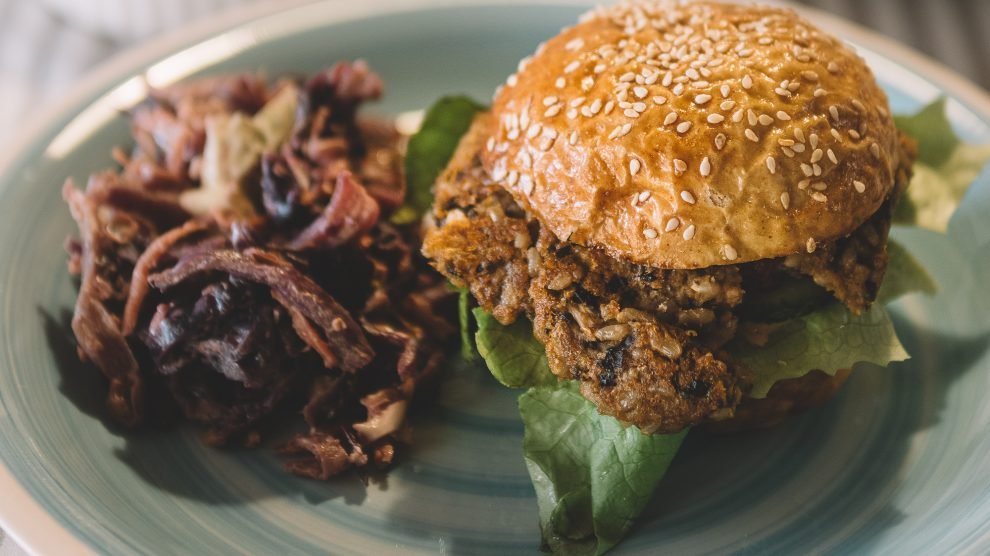
More and more people are seriously considering insects as a source of protein. The environmental benefits are manifold, but could regional start-ups in Central and Eastern Europe overcome consumer potential to deal with the concept that bugs can be food?
Eating insects, sometimes known entomophagy, is part of many traditional diets around the globe. Insects such as crickets and mealworms are secure for people to drink and therefore are a great resource of protein.
There are environmental advantages to consider too. Rearing insects produces less greenhouse gas and uses less land and water when compared with livestock. Insects in addition have a higher “feed conversion” – they are able to convert feed to protein more proficiently than traditional food animals such as pigs.
Globally, there are already many start-ups turning insects for example crickets into food and selling them, either as protein powder produced from ground-up bugs or whole – sometimes flavoured, sometimes not.
In Central and Eastern Europe, Czechia has emerged as a regional hub with this nascent sector, boasting several high-profile start-ups.
One of these is Terraz, creating a new twist with an old favourite – pasta produced from cricket flour. Another is Entoway, selling a protein supplement produced from plant protein and buffalo worm powder.
“It all started as a student business project,” explains Martin Masár of Entoway. “As a food scientist after i discovered entomophagy I had been excited and sad at the same time. Excited that insects represent an invaluable, healthy, and sustainable food source, sad that people don't use this meal source simply because we believe it’s disgusting. I wanted to alter that perception among European customers.”
And perceptions might be slowly changing. Based on Data Bridge, the marketplace size for insect-based food in Europe is expected to reach a value of 499 million $ $ $ $ (425.17 million euros) by 2027.
“Interest keeps growing every single day, because people are looking for something 100 percent natural, useful both for their health and for our planet,” explains Mindaugas Kulvinskis of the Lithuanian start-up Crickets.lt – which offers customers a range of cricket (Acheta domesticus in scientific terms) products from high protein energy bars to cookies and even freshly frozen crickets.
But challenges remain as insects haven't really been part of western diets and also to lots of people bugs are items to be squashed, rather than raised in farms and utilized in food.
“The biggest challenge is the learned perception that insects are something unpleasant and disgusting. It is simply a social norm in Europe and The united states,” says Masár.
“Sushi or lobster were once considered disgusting and today are considered a delicacy. We have found out this perception could be pretty easily changed among educated people, when we show them the scientific facts and that we convince them to try them out for the first time.”
Driven by a mission
Because from the cultural norms from the western world, a part of as being a start-up within the entomophagy space is also being a spokesperson for bug food itself.
“I travelled a lot in Asia those years, particularly in China, which is the world's largest pork meat importer as well as the largest pork meat producer,” says Erlend Sild, the CEO of Estonia's BugBox, a tech company offering software and technology for mass insect rearing.
“I understood that does not only global population growth but additionally urbanisation and a growing middle-class in Asia are causing interest in high nutrition food in larger quantities than we are able to produce using traditional methods. Driven with a mission to assistance to solve the issue I saw a business opportunity as well.”
According to Sild, interest is high and growing.
“We receive 2 to 3 requests in a week. People genuinely have a high curiosity about becoming insect farmers, many have already started farming but they wish to scale up and get in touch with us to purchase effective industrial technology to improve their production,” he tells Emerging Europe.
But while Czechia, Lithuania, and Estonia are enjoying an emerging entomophagy scene, elsewhere in the region, you can find more challenges besides overcoming prevailing cultural norms.
Daniel Pikl, from Croatia, tells Emerging Europe that Cricky, an organisation and company designed to serve as a hub for insect farmers in the united states, had to continue “standby” due to the legal landscape around producing insects for people to drink in the country.
“In Croatia [rearing insects for human consumption] continues to be difficult. We were only available in 2022, and that we had space, and rearing, we had several types of insects however in those two-three years we hit a wall. We couldn't find any means to fix put the raw material or products we made: not just around the Croatian market but internationally,” he says.
“You can't even produce things made from crickets in Croatia because you cannot get a declaration for that product. It is a weird grey area.”
Passing the taste test
While insect-based food might not be a family group staple yet, proponents of entomophagy and those in the start-up scene believe that this can change. Just how far is the region from achieving broader acceptance of eating insects?
“Not that far anymore,” says Sild. “Acceptance will come through acknowledgement in our have to reduce our ecological footprint and to find alternative and more sustainable resources.”
But in the end, as with every food, it's about the taste. Kulvinskis is confined they got that part right.


